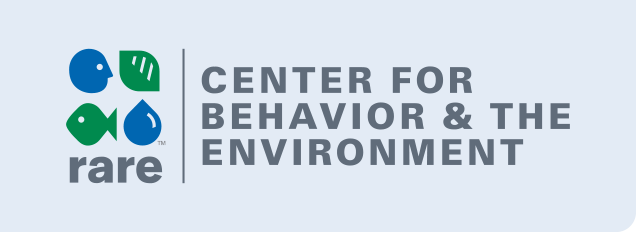About the report:
The Scientific and Technical Advisory Panel (STAP) of the Global Environment Facility (GEF) partnered with Rare’s Center for Behavior & the Environment to produce a collection of resources that serve as guidance for designing effective behavior change interventions for environmental outcomes. This document seeks to cover the ‘how’ of behavioral design by sharing criteria, insights, and best practices.
The Global Environment Facility (GEF) seeks to address the root causes and consequences of global environmental change by transforming markets and behaviors: unsustainable practices and behaviors are at the heart of the drivers of global environmental change, and responding to these can help to transform systems. See their post about why behavior change matters for their work and what to do about it here.

![Why behavior change matters to the Global Environmental Facility [GEF] and what to do about it](https://behavior.rare.org/wp-content/uploads/2020/12/why-behavior-change-matters-to-the-global-environmental-facility-gef-and-what-to-do-about-it.png)